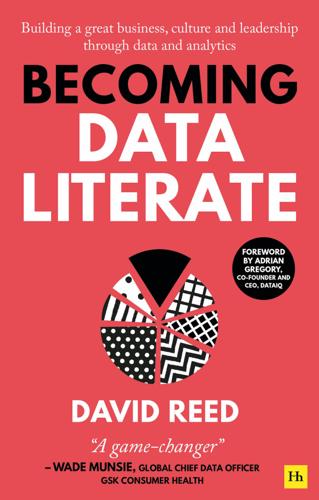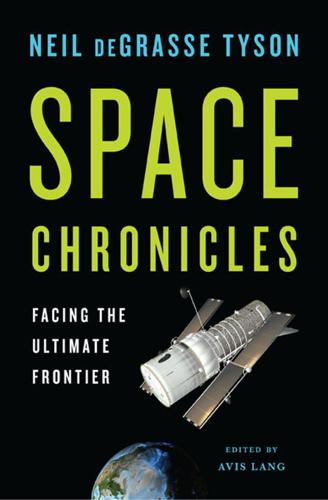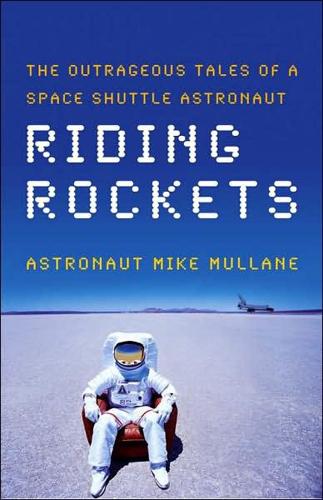
Becoming Data Literate: Building a great business, culture and leadership through data and analytics
by
David Reed
Published 31 Aug 2021
So it invested millions of dollars into R&D to come up with specially engineered space pens. Meanwhile, the Russian space programme simply gave its cosmonauts pencils. It’s a story to gladden the heart of any financial director, speaking as it does to thrift and the avoidance of over-engineered solutions. Widely told, this example is often given as a cautionary tale about seeing technology as the solution without considering alternatives or existing assets. Unfortunately, it’s not true. NASA did overspend on writing tools, buying 34 mechanical pencils from Houston’s Tycam Engineering Manufacturing in 1965 for a total of $4,382.50 or $128.89 per pencil.
…
The reality of how writing in space was tackled is actually more interesting and even more relevant when thinking about investing in data foundations. The private company Fisher Pens invested a reported $1 million to develop a patented space pen that worked in the extreme conditions faced by astronauts and cosmonauts. And it sold these pens to both the Apollo and Soyuz programmes at a cost of just $2.98 each. Across the data and analytics space, private companies are investing heavily to develop the tools and solutions needed by organisations and provide them as cloud-based or as-a-service products. Just as with space pens, these solutions are available to all-comers at commodity prices. This makes the creation of strong data foundations more achievable, just as Fisher Pens allowed space travellers to write easily and cheaply.

Space Chronicles: Facing the Ultimate Frontier
by
Neil Degrasse Tyson
and
Avis Lang
Published 27 Feb 2012
* Adapted from an interview with Stephen Colbert, The Colbert Report, Comedy Central, April 8, 2010, http://www.colbertnation.com/the-colbert-report-videos/270038/april-08-2010/neil-degrasse-tyson. * Adapted from “Space: You Can’t Get There from Here,” Natural History, September 1998. * Before 1968 both US and Soviet astronauts relied on pencils; it was the Fisher Pen Company, not NASA, that identified the need for a “space pen,” in part because of the zero-G environment but also because of the flammability of the pencil’s wood and lead in the pure oxygen atmosphere of the capsule. Fisher did not bill NASA for the development costs. Nevertheless, as the truth-seeking website Snopes.com opines in “The Write Stuff,” the lesson of this tale is valid, even though the example is fabricated

Riding Rockets: The Outrageous Tales of a Space Shuttle Astronaut
by
Mike Mullane
Published 24 Jan 2006
During the last sleep period of the mission, I stayed awake in the upper cockpit to soak up the space sights that would have to last the rest of my terrestrial life. I wanted to listen to music as I did so and searched for my NASA-supplied Walkman. It took me a moment to find it. The inside of the cockpit was covered with Velcro pads, and everything we carried, from pencils to cameras to food containers to flashlights, had Velcro “hooks” glued to them so they could be anchored to a pad. The only problem was remembering where you anchored everything. On Earth, nobody ever had to look on a wall or ceiling for a misplaced item.
…
I made a second attempt to get my sword into its sheath, this time taking the weight of the UCD bladder in my hand so I would stay attached. I Velcroed the device around my waist, accepting the results whatever they might be. I had no choice. There was a countdown clock ticking. I finished dressing in my flight suit, then filled my pockets with spare prescription glasses, pencils, pressurized space pens, and barf bags…lots of barf bags. I put one in each of my chest pockets and a couple spares in other pockets. Would I be a victim of space sickness? I had been sick so many times in the backseats of various jets, I couldn’t believe I would be spared in space. I toyed with the idea of taking one of NASA’s antinausea pills, a mixture of scopolamine (a downer) and Dexedrine (an upper), but decided otherwise.
…
If the suit ever pressurized in flight it would be because we had lost our cockpit atmosphere. In an emergency that dire, any suit pain would be insignificant. The suit check was nominal and the technicians removed my gloves and helmet. They handed me a tray of items to stow in my pockets. I loaded a gas-pressurized space pen in the left-sleeve pocket and checked that my parachute knife was in my “pecker pocket,” a sleeve on the inside of the left thigh. If I became entangled in my parachute and was being pulled to my death at sea, I could use the knife to hack at the shroud lines and hopefully save myself. In my right thigh pocket I placed my spare glasses.